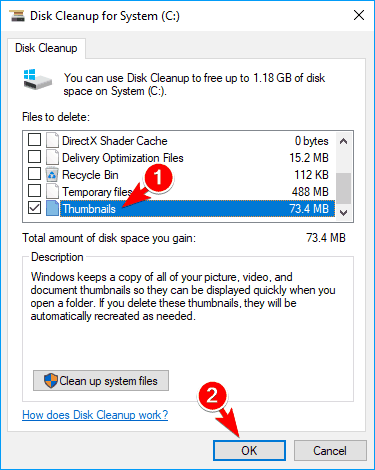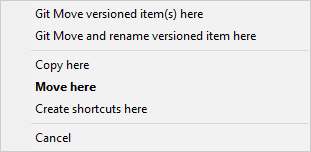

If all that fails, there’s a simple way to get around it safe mode. The same can happen with other apps so the safe thing to do is to close any apps that you might have used to access the file (or folder) in question. For example, if you upload a file from Chrome to any website/web service, Windows 10 sometimes thinks the file is still open in Chrome even though the upload has finished. Sometimes Windows 10 thinks an app is still using a file when it is in fact done with it. In the case of a folder, if there’s a file within the folder is in use or open, it will prevent the folder from being deleted. All you really have to do is make sure the file or folder you’re trying to delete isn’t being used by an app. Normally, a file or folder in use error is harmless. Here’s what you can do to delete a file or folder in use. This becomes evident when you see the file or folder in use error box that prevents the deletion process from completing. it’s open in an app, or a process on your system is using it, you cannot delete it.

(Example: port~1 matches fort, post, or potr, and other instances where one correction leads to a match.If a file or folder is in use, i.e. To use fuzzy searching to account for misspellings, follow the term with ~ and a positive number for the number of corrections to be made.(Example: shortcut^10 group gives shortcut 10 times the weight as group.) Follow the term with ^ and a positive number that indicates the weight given that term. For multi-term searches, you can specify a priority for terms in your search.(Example: title:configuration finds the topic titled “Changing the software configuration.”) Type title: at the beginning of the search phrase to look only for topic titles.(Example: inst* finds installation and instructions.) The wildcard can be used anywhere in a search term. Use * as a wildcard for missing characters.(Example: user +shortcut –group finds shortcut and user shortcut, but not group or user group.)

Type + in front of words that must be included in the search or - in front of words to exclude.To refine the search, you can use the following operators: The results appear in order of relevance, based on how many search terms occur per topic. The search also uses fuzzy matching to account for partial words (such as install and installs). If you type more than one term, an OR is assumed, which returns topics where any of the terms are found.

The search returns topics that contain terms you enter.


 0 kommentar(er)
0 kommentar(er)
